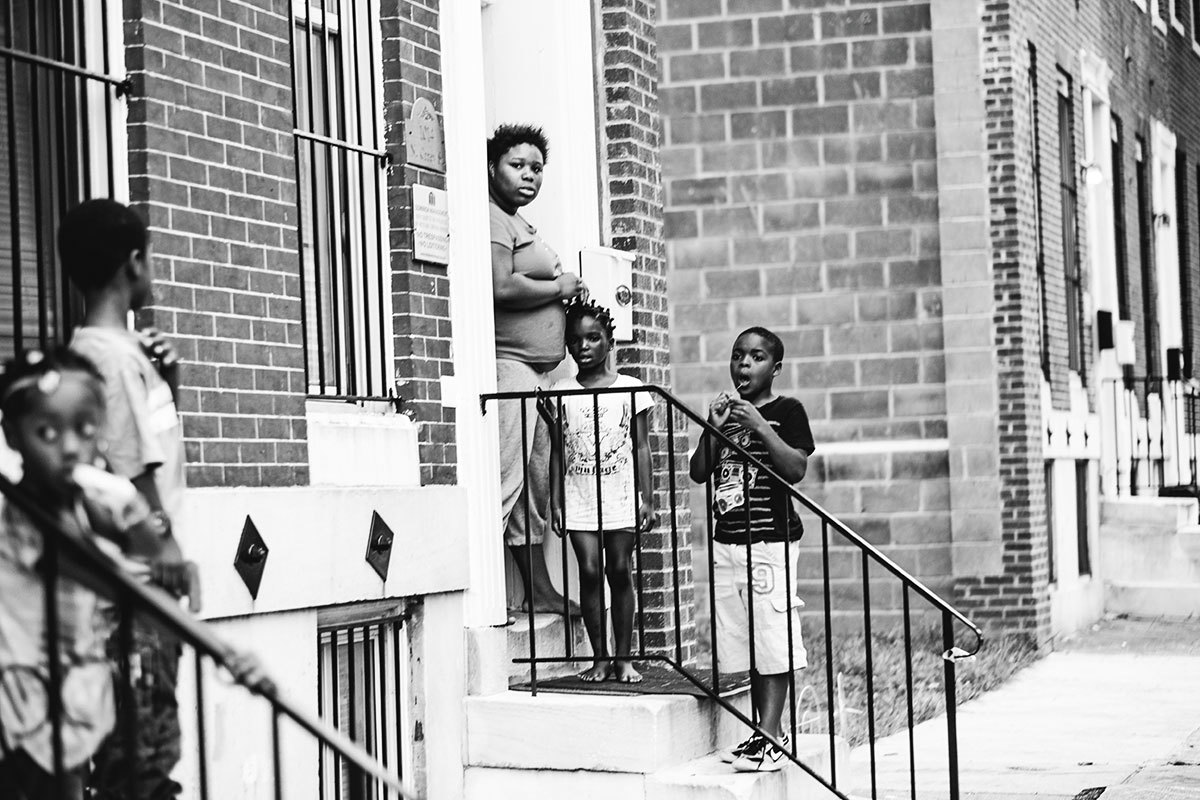Background Info
For my identity project, my initial thoughts were inspired by Veerle Symoens, a versatile artist known for her vibrant collages, mixed media art, and paintings, characterized by feminine energy and inspiration from nature and travel. “Chartists of Identity” photography project draws inspiration from her collage style, particularly “Face the Feminine Collage.” The project involves taking “mugshot” photos of models, interviewing them about their identities, and creatively editing the images to visually represent their personal interests and passions on their faces. By doing so, the project aims to highlight the societal issue of people losing touch with their true selves by conforming to norms, encouraging viewers to reflect on whether they live authentically or follow societal expectations. To develop this concept, you can explore creative editing techniques like color grading and texture overlays and draw inspiration from conceptual photography projects.
Worked on it, and my focus changed. In class, I noticed that many people were unsure of themselves and struggled with making decisions. They often hesitate between options, like A or B, and then change their minds. This made me want to capture when someone’s true feelings are overshadowed by what others expect.
But I wasn’t sure how to turn this idea into a picture. I didn’t know how to show people’s confusion and self-doubt. Then I remembered a project my sister, Stephanie, had done. She took several photos of me showing different emotions and combined them into one image. She overlapped the pictures to create a single, fascinating portrait. This memory helped me figure out how to capture the idea I had in mind.
As I developed this concept, I realized that my initial inspiration from Veerle Symoens had led me to explore something more profound. The project became more personal and meaningful, showing how people struggle with their identities and the expectations placed upon them. By using creative editing to blend different elements into one portrait, I aimed to capture the essence of this struggle. I wanted viewers to think about their identities and their choices. This journey from my initial idea to the final concept was a growth process as an artist and a person.
Free Time

The title of this Photography Portrait is Free-Time, this is because while having free-time I would find myself lost on what to do all the time. Whether to do some work that’ll be due in the next week or to enjoy me time, whether to watch a movie or just scroll, whether going out to eat or stay in and eat on the couch-these moments of indecision capture the core of modern downtime.
-
The photo uses multiple exposure or layering techniques, creating an overlapping effect when the same person faces different directions. This mirrors the concept of inner conflict and indecision.
-
The layered effect visually represents the struggle between choices or the conflict between one’s true self and societal expectations. The slight transparency and overlap suggest that these other aspects are intertwined.
-
The subject’s blurred and duplicated features create a sense of unease and confusion, mirroring the internal struggle you aim to capture in your project. The subject’s gaze in different directions adds to the feeling of being torn between choices.
-
The image effectively captures the feeling of being pulled in different directions, representing the struggle to reconcile one’s true self with external pressures.
The project photo employs a layering technique to create an overlapping effect of a person facing different directions, effectively visualizing inner conflict and indecision. The subject’s blurred and duplicated features evoke a sense of unease and confusion, mirroring the struggle to reconcile one’s true self with external pressures, a central theme of the “Chartists of Identity” project. The different gazes contribute to the feeling of being torn between choices, with the slight transparency suggesting that these conflicting aspects of identity are deeply intertwined. The overall impression is one of a fragmented self, pulled in different directions, which aligns with the project’s goal of capturing the complexities of identity and the pressures of societal expectations.
Needs Improvement
- Lighting
- Composition
- Textures and Patterns
- Facial Expressions
- Layering and Blending
I feel like to enhance the photo and focus on specific details, consider several key elements. Lighting can dramatically affect how details are perceived, with soft natural light ideal for textures and harsher light creating stark contrasts. Composition techniques like the rule of thirds or leading lines can effectively position details within the frame. Textures and patterns can add depth and context, so highlight these if present in clothing or accessories. Facial expressions are crucial in capturing identities and emotions, so ensure they are sharp and well-defined. Finally, if using layering or blending techniques to represent different aspects of identity, focus on how these elements interact, ensuring smooth transitions between layers for a visually appealing effect.
Contact Sheet




 Comments(0)
Comments(0)



















